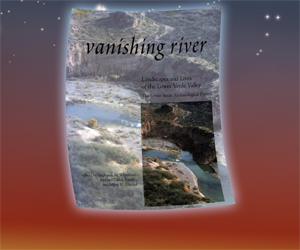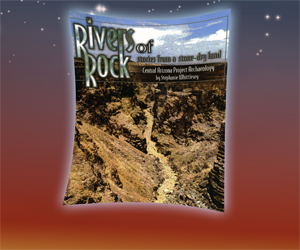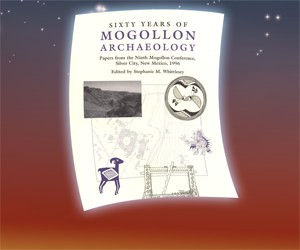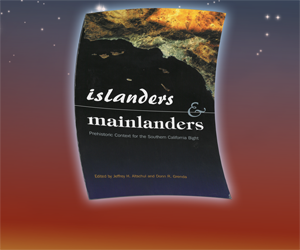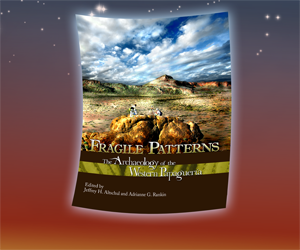The Lower Oak Creek Archaeological Project Archaeological Data Recovery along State Route 89A: Cottonwood to Sedona, Yavapai County, Arizona, Volume 3 Synthetic Studies and Conclusions
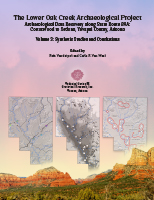
Edited by Rein Vanderpot and Carla R. Van West
Technical Series 85, Volume 3
426 pp. / 2019
The SR 89A road-widening and improvement project involved phased data recovery at 13 archaeological sites along a 15.6-mile segment of the road between Cottonwood and Sedona, Arizona. The project corridor provided an environmental transect through the middle Verde River valley—from the semidesert grasslands along the river to the conifer woodland along the red rock formations marking the edge of the Colorado Plateau. Abundant water, plant, animal, and stone resources, as well as arable land have drawn people to the valley for a long time. Ancient hunter-gatherers ranged throughout the valley, leaving their dart points and other tools. Southern Sinagua and Hohokam peoples built the farmsteads and pueblos still dotting ridges and hilltops above the river. Yavapai and Western Apache groups used the valley as well, both viewing Montezuma Well as their place of origin. Hopi stories place Palatkwapi, the Place of the Red Rocks, in the region. The project sites reflected this diverse cultural landscape. The sites dated to the Middle Archaic through Protohistoric periods and functioned as resource-procurement and processing locales, short-term encampments, and farmsteads or field houses. Most work was expended on two sites, AZ O:1:105 (ASM) and AZ O:1:85 (ASM), located side by side along Spring Creek with arable land nearby. The first site was a multicomponent, Early–Late Formative period farmstead. A charred maize kernel on the floor of a Squaw Peak phase pit structure at the site yielded a 2σ calibrated date range of A.D. 410–600. Another maize sample from a roasting pit at the neighboring site, an Archaic/Early Formative period food-processing camp, returned the exact same date. This is the earliest directly dated maize in the middle Verde River valley and the earliest evidence of agriculture in the region. Some of the other work conducted during the project included investigation of a large multiethnic basecamp containing a series of possible Yavapai wickiup clearings (AZ O:1:53 [ASM]), excavation of a roasting pit at a Late Archaic period base camp (AZ O:1:28 [ASM]), and sampling of a protohistoric/historical-period horno at AZ O:1:133 (ASM). As these three volumes show, the project provided an excellent opportunity to study changes and consistency in settlement and land use in this environmental cross section over a long interval of human occupation. Volume 3 contains the synthetic and interpretive studies undertaken for this project. The chapters include a detailed overview of the project chronology, an examination of pottery types possibly affiliated with the Yavapai, in-depth paleoenvironmental and settlement studies for the middle Verde River valley, Native American perspectives on historical-period land use of the valley, and, in conclusion, a research summary for the project.
For Volume 2, click here.
For Volume 3, click here.

